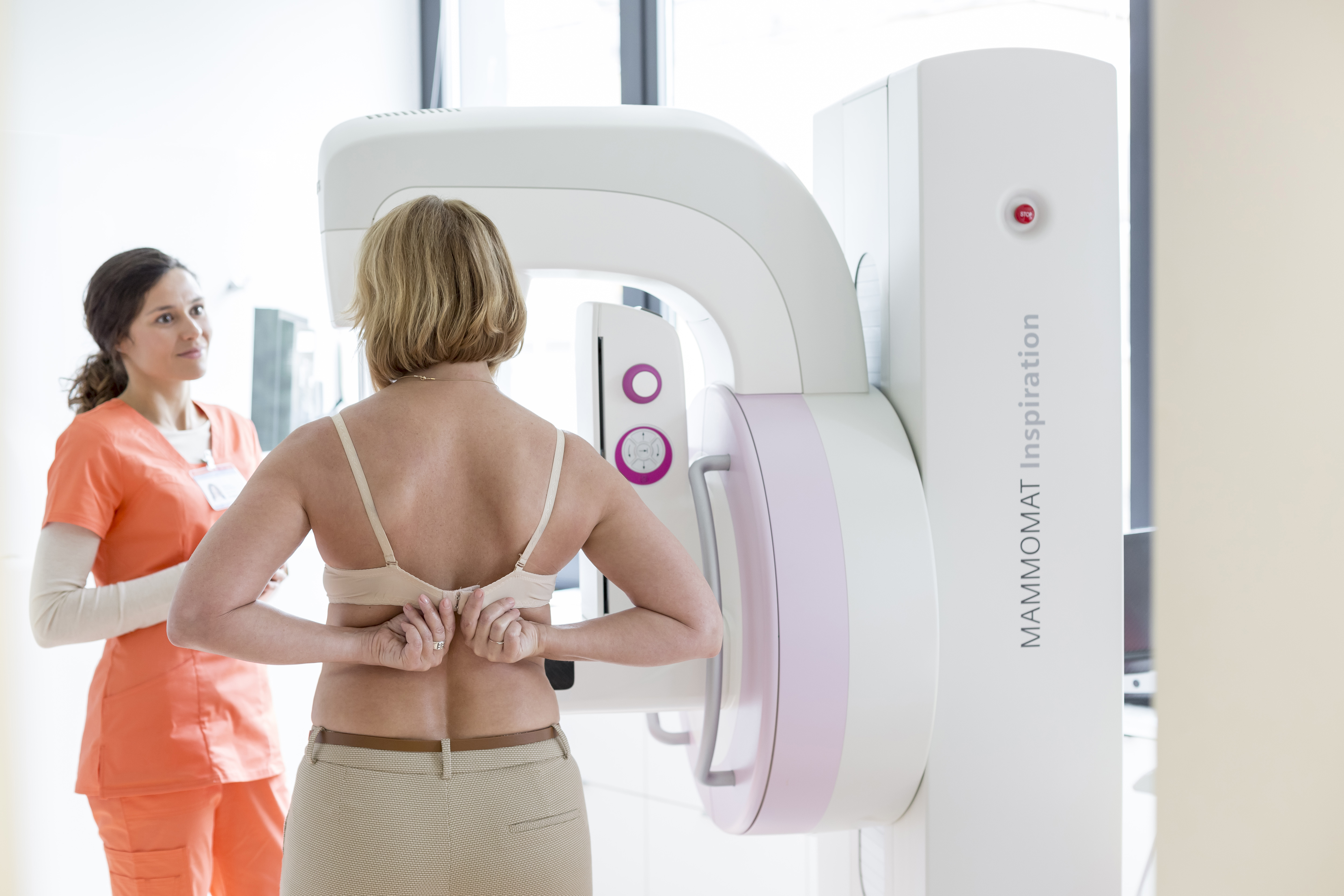Dane kontaktowe
02-781 Warszawa, ul. Roentgena 5
Budynek naukowy, VII piętro

O Zakładzie
Zakład Onkologii Molekularnej i Translacyjnej prowadzi badania nad poznaniem mechanizmów patogenezy wybranych nowotworów człowieka i możliwością praktycznego wykorzystania tej wiedzy. Prowadzone prace badawcze dotyczą przede wszystkim nowotworów śródczaszkowych, raka sromu oraz raka piersi.
Badania koncentrują się na określeniu profili zaburzeń molekularnych w nowotworach człowieka i w krążących komórkach nowotworowych, a także ocenie roli tych zaburzeń w transformacji nowotworowej metodami eksperymentalnymi. Celem badań jest także identyfikacja zaburzeń molekularnych mogących znaleźć zastosowanie w praktyce klinicznej.
Prowadzone do tej pory prace wskazały na zróżnicowanie wybranych nowotworów przysadki mózgowej pod względem profilu zaburzeń molekularnych oraz pozwoliły na scharakteryzowanie spektrum zaburzeń molekularnych w raku sromu i wytypowanie potencjalnych markerów oceny ryzyka progresji i wznowy.
Znaczenie wybranych zaburzeń molekularnych jest badane w warunkach hodowli komórkowej. Zakład dysponuje liniami komórkowymi wykorzystywanymi do weryfikacji funkcjonalnego wpływu zmian molekularnych na procesy komórkowe związane z transformacją nowotworową.
- Badania dotyczą nieprawidłowej ekspresji określonych białek.
- Analizowany jest niewłaściwy poziom wybranych niekodujących RNA.
- Badane są skutki mutacji punktowych.
Istotna część badań podstawowych zorientowana jest na poznanie funkcji białka HAX-1 w komórce i jego roli w procesie nowotworzenia, ze szczególnym uwzględnieniem rozwoju raka piersi.
W zakładzie wykorzystywane są zaawansowane narzędzia biologii molekularnej umożliwiające analizę materiału biologicznego od chorych, oparte głównie o reakcję PCR, sekwencjonowanie DNA, barwienia i obserwacje mikroskopowe.
- Modyfikacja materiału genetycznego metodą CRISPR/Cas9.
- Modulacja poziomu ekspresji określonych białek i niekodujących RNA.
- Obserwacje zmian fenotypu komórki przy użyciu mikroskopii fluorescencyjnej.
- Analiza interakcji białko–białko oraz białko–RNA/DNA.
Najważniejsze informacje
Pracownia Badań Translacyjnych
Kierownik Pracowni:
dr n. biol. Anna Fabisiewicz
Zespół:
- mgr inż. Małgorzata Szostakowska-Rodzoś
- Julia Rymuza
Pracownia Biologii Molekularnej i Obrazowania Komórek Nowotworowych
Kierownik Pracowni:
dr hab. n. med. Ewa Grzybowska, prof. Instytutu
Zespół:
- dr n. med. Mateusz Chmielarczyk
- Milena Jabłonowska – technik farmacji
- dr n. biol. Leszek Tarnowski
- dr n. med. Maciej Wakuła
Zakład Proteomiki Nowotworów
Kierownik Zakładu:
prof. dr hab. Magdalena Kowalewska
Zespół:
- dr n. med. Paulina Kober
- dr n. med. Beata Mossakowska
- prof. dr hab. n. med. Janusz A. Siedlecki
- mgr Monika Leinz – sekretariat
Mateusz Bujko
Publikacje naukowe
- Rymuza J, Kober P, Rusetska N, et al. Transcriptomic Classification of Pituitary Neuroendocrine Tumors Causing Acromegaly. Cells 2022;11(23):3846. DOI: 10.3390/cells11233846
- Balcerak A, Macech-Klicka E, Wakula M, et al. The RNA-Binding Landscape of HAX1 Protein Indicates Its Involvement in Translation and Ribosome Assembly. Cells 2022;11(19):2943. DOI: 10.3390/cells11192943
- Mossakowska BJ, Kober P, Rusetska N, et al. Difference in miRNA Expression in Functioning and Silent Corticotroph Pituitary Adenomas Indicates the Role of miRNA in the Regulation of Corticosteroid Receptors. Int J Mol Sci 2022;23(5):2867. DOI: 10.3390/ijms23052867
- Mossakowska BJ, Shahmoradi Ghahe S, Cysewski D, et al. Mechanisms of Resistance to Photodynamic Therapy (PDT) in Vulvar Cancer. Int J Mol Sci 2022;23(8):4117. DOI: 10.3390/ijms23084117
- Wakula M, Balcerak A, Rubel T, et al. The interactome of multifunctional HAX1 protein suggests its role in energy metabolism, de-aggregation, cytoskeleton organization and RNA-processing. Biosci Rep 2020;40(11):BSR20203094. DOI: 10.1042/BSR20203094
- Fatalska A, Rusetska N, Bakuła-Zalewska E, et al. Inflammatory Proteins HMGA2 and PRTN3 as Drivers of Vulvar Squamous Cell Carcinoma Progression. Cancers (Basel) 2020;13(1):27. DOI: 10.3390/cancers13010027
- Balcerak A, Trebinska-Stryjewska A, Wakula M, et al. HAX1 impact on collective cell migration, cell adhesion, and cell shape is linked to the regulation of actomyosin contractility. Mol Biol Cell 2019;30(25):3024-3036. DOI: 10.1091/mbc.E19-05-0304
- Bujko M, Kober P, Boresowicz J, et al. USP8 mutations in corticotroph adenomas determine a distinct gene expression profile irrespective of functional tumour status. Eur J Endocrinol 2019;181(6):615-627. DOI: 10.1530/EJE-19-0194
- Trebinska-Stryjewska A, Szafron L, Rembiszewska A, et al. Cytoplasmic HAX1 Is an Independent Risk Factor for Breast Cancer Metastasis. J Oncol 2019;2019:6375025. DOI: 10.1155/2019/6375025
- Zięba S, Kowalik A, Zalewski K, et al. Somatic mutation profiling of vulvar cancer: Exploring therapeutic targets. Gynecol Oncol 2018;150(3):552-561. DOI: 10.1016/j.ygyno.2018.06.026


